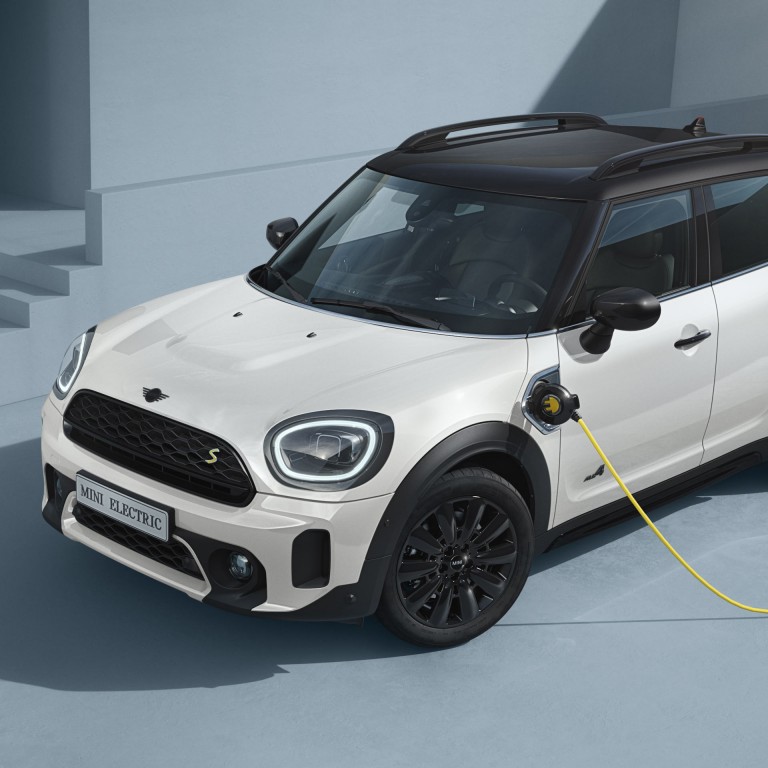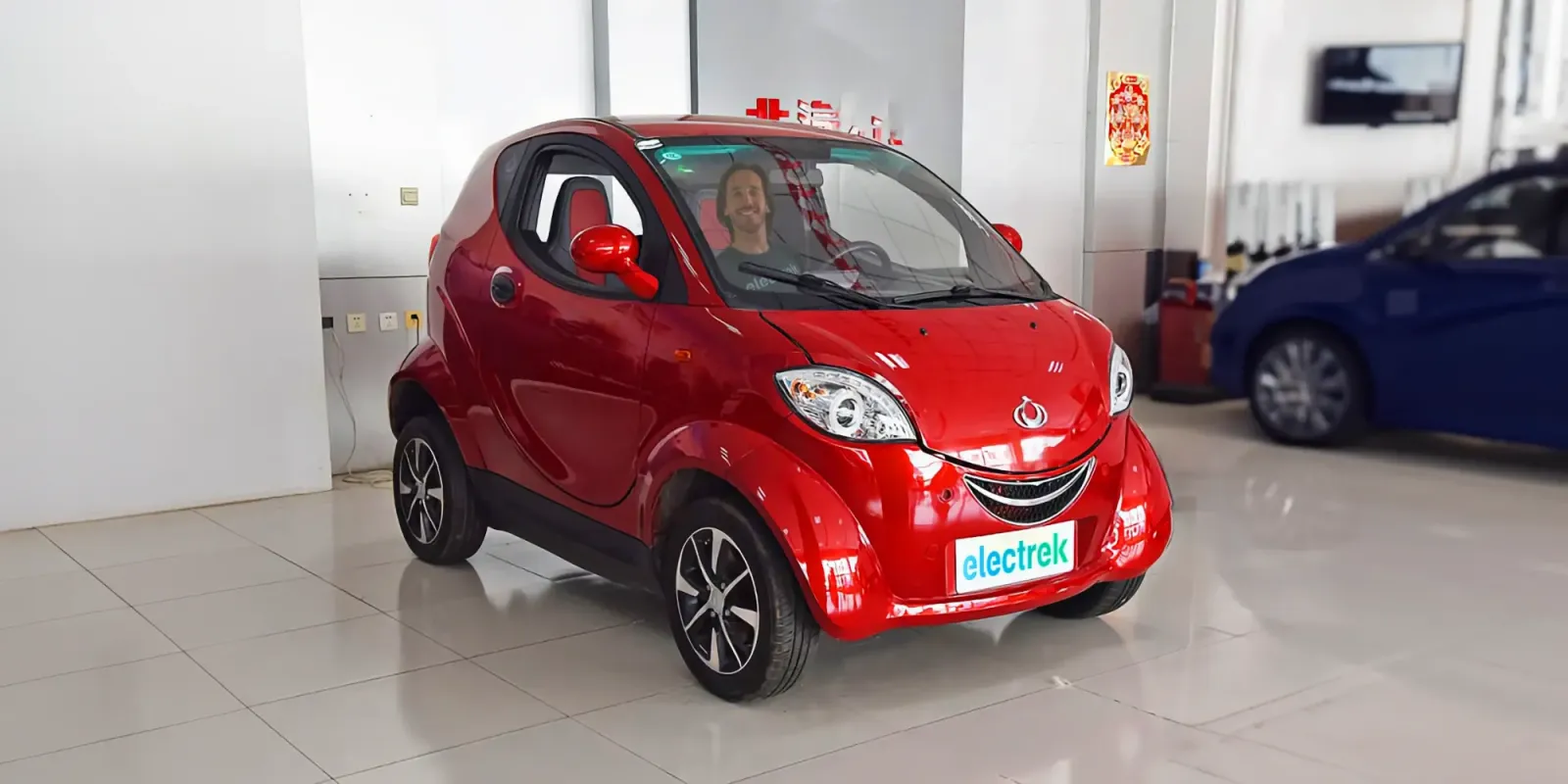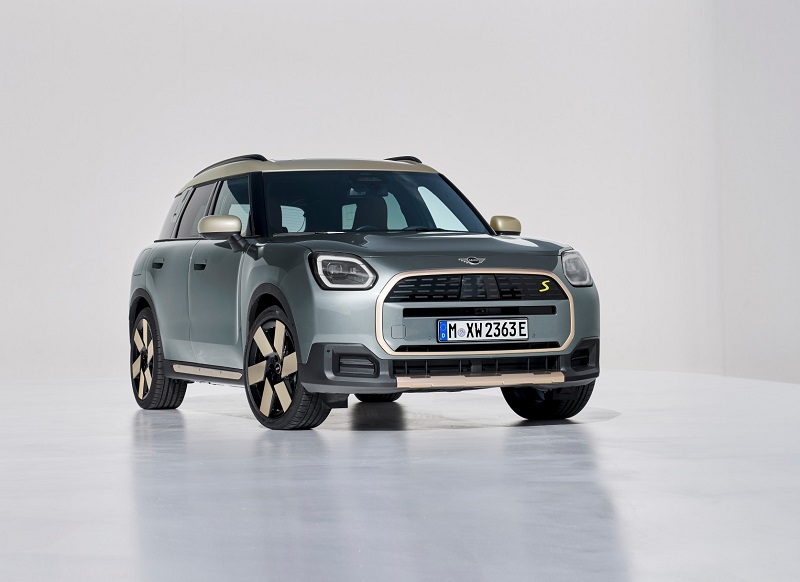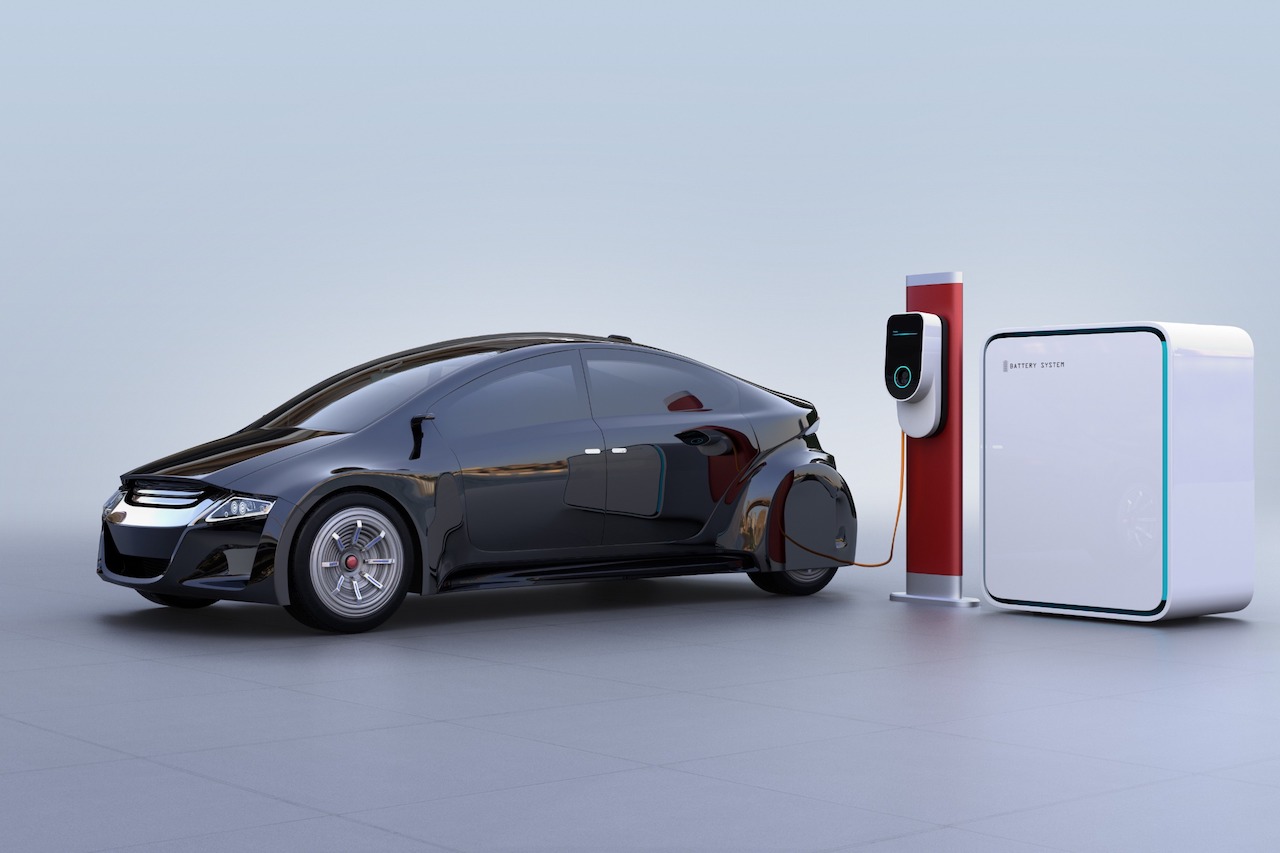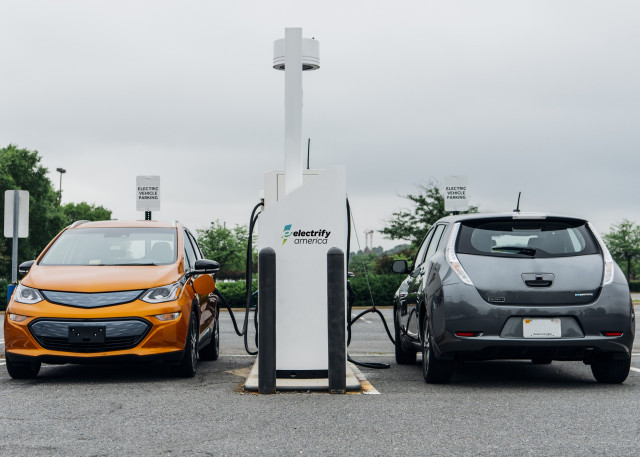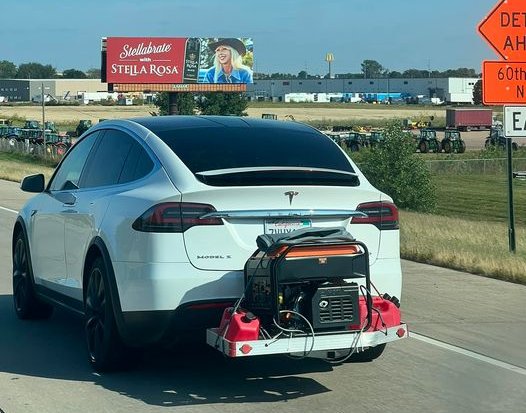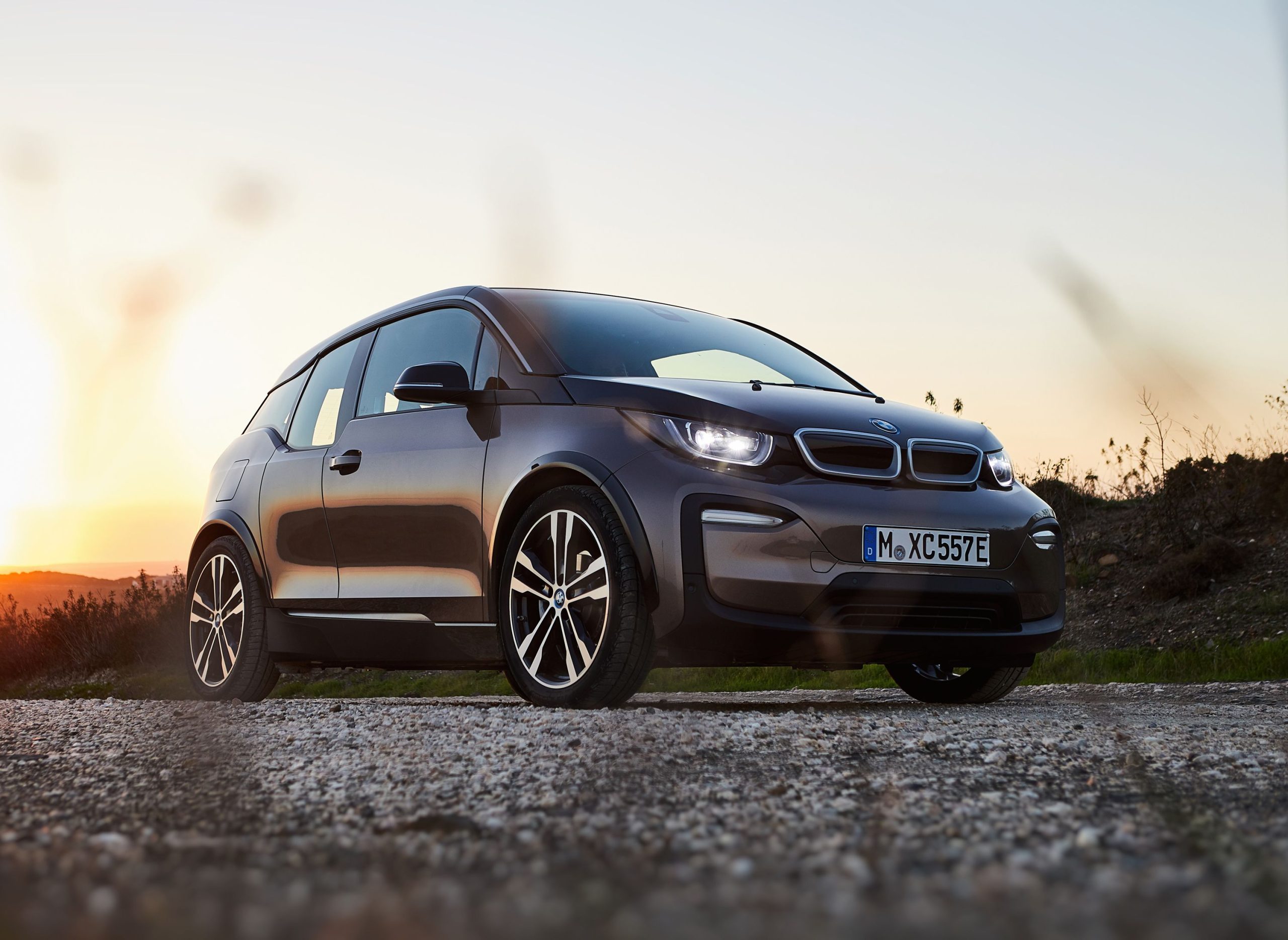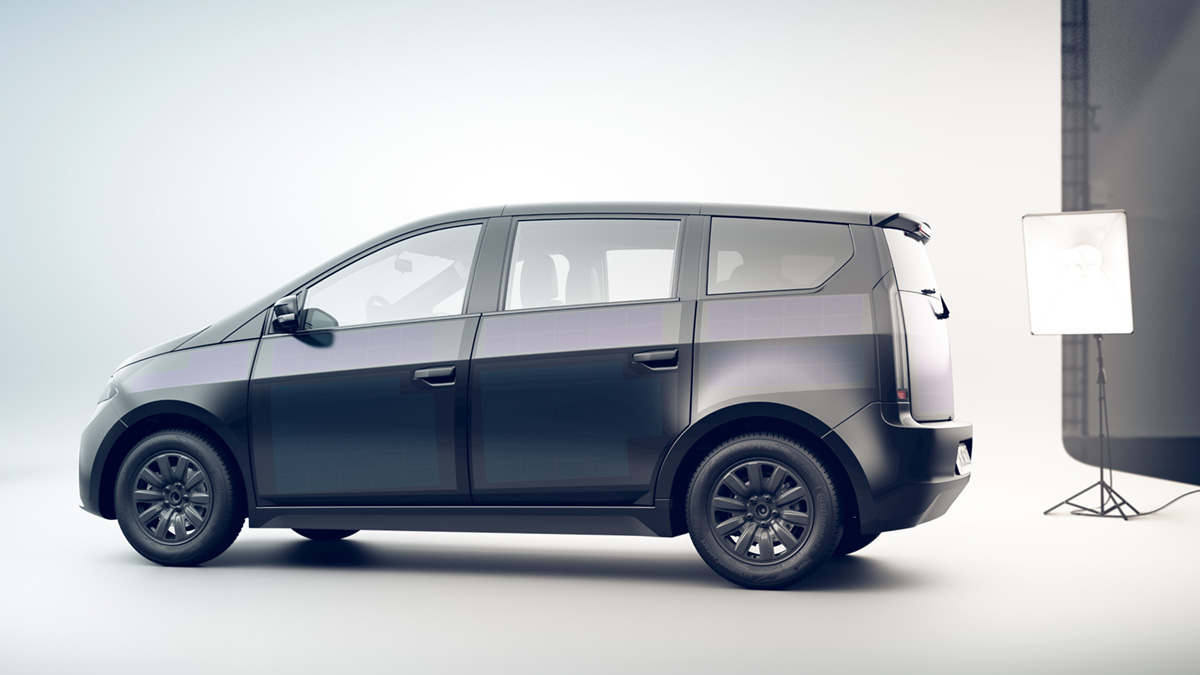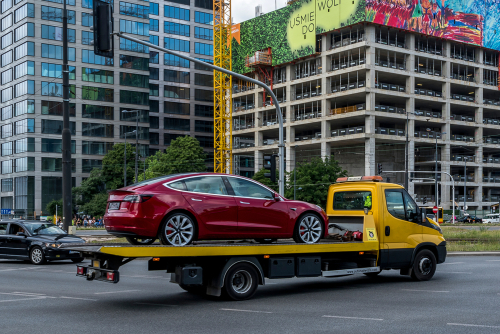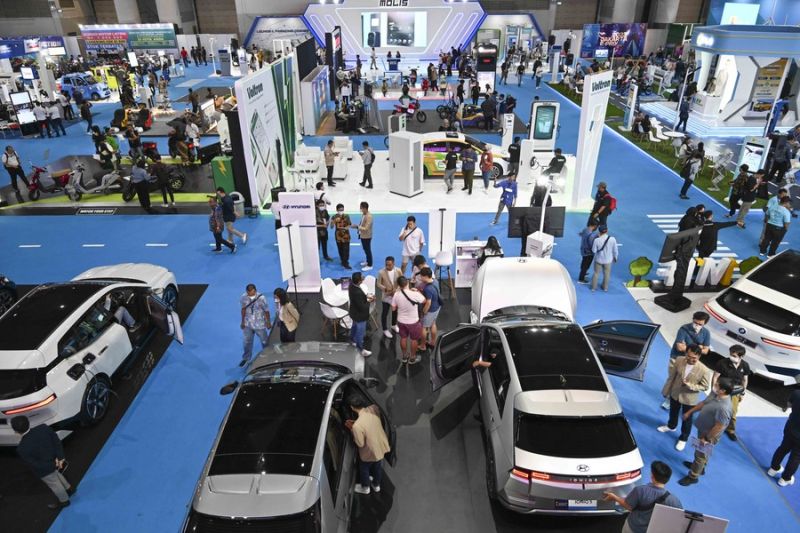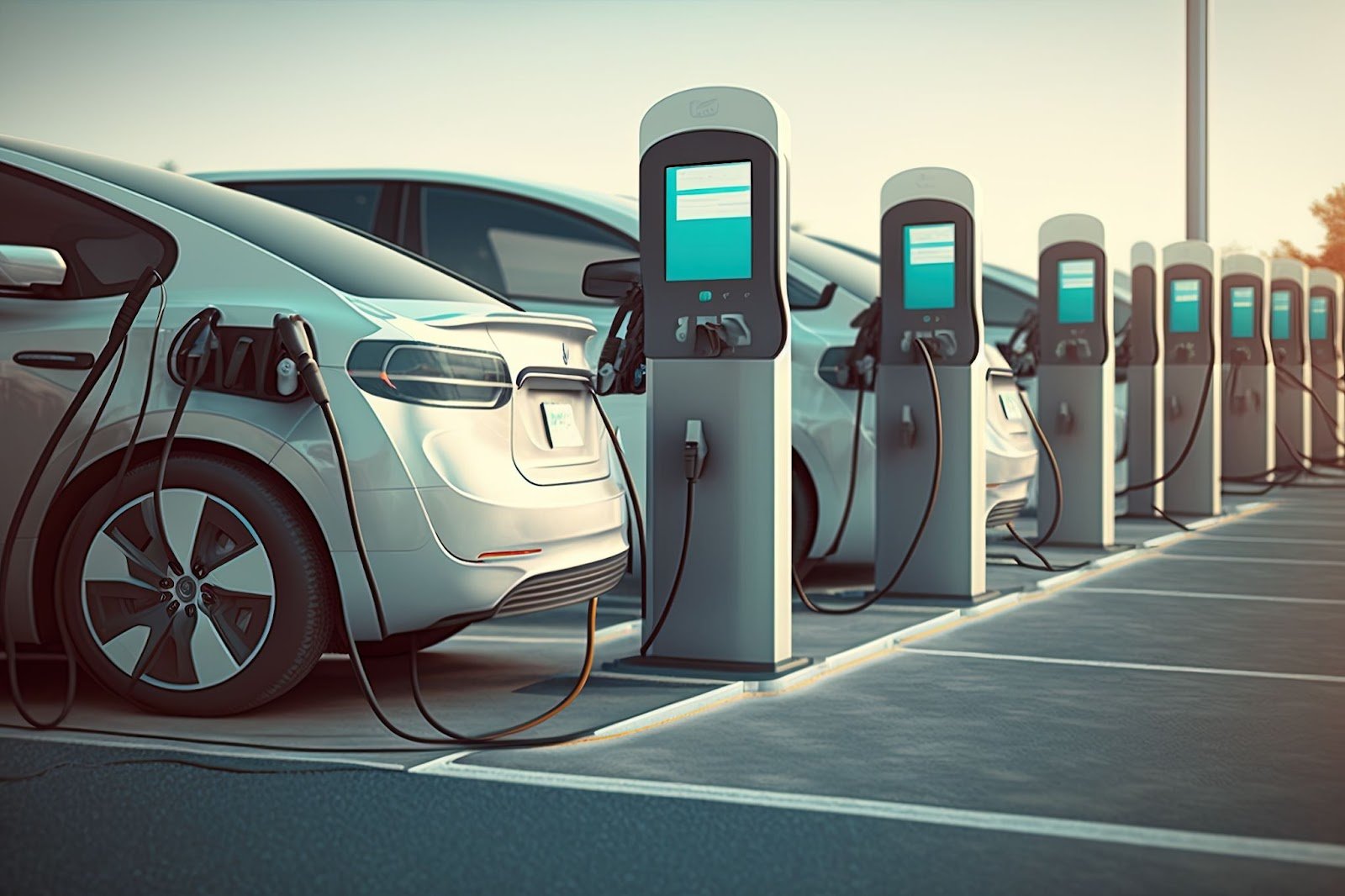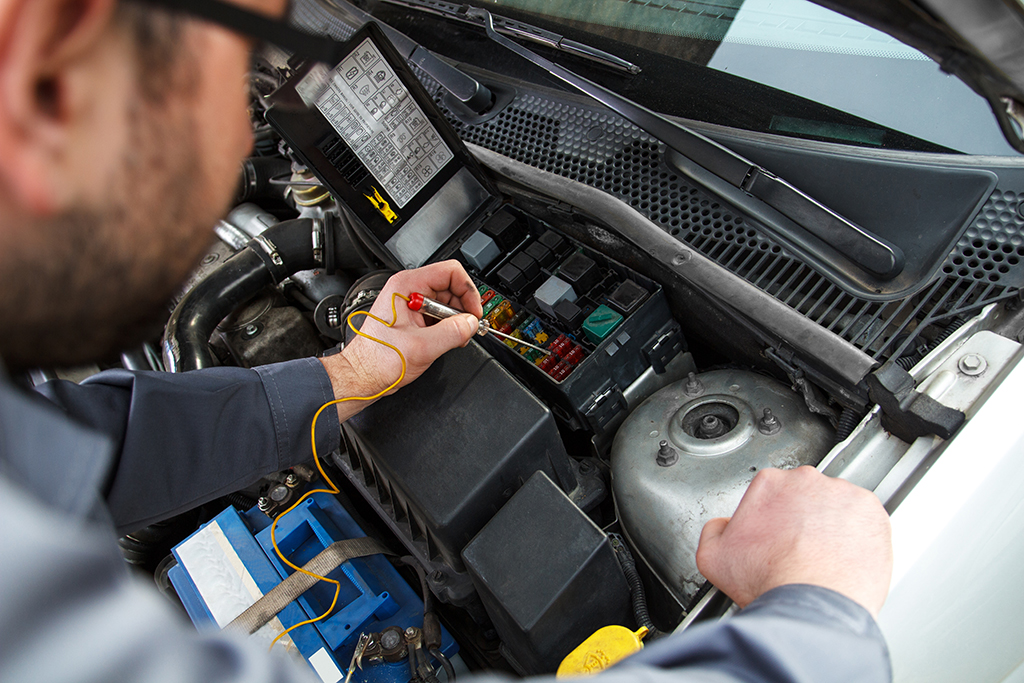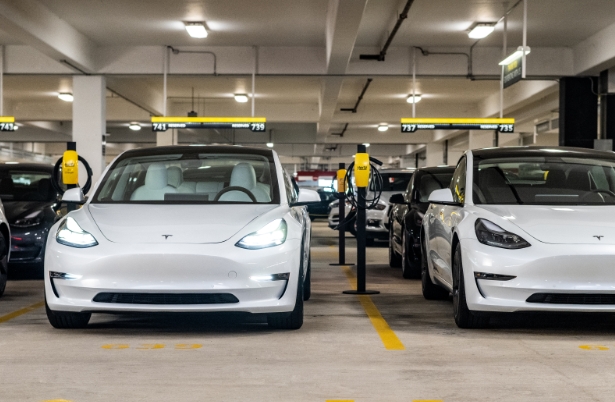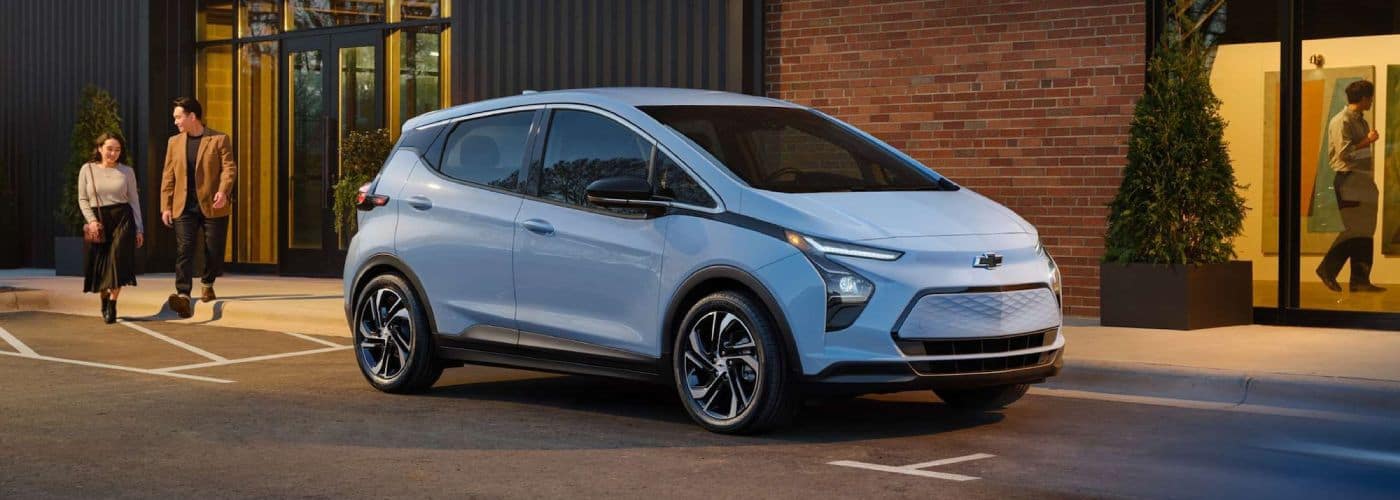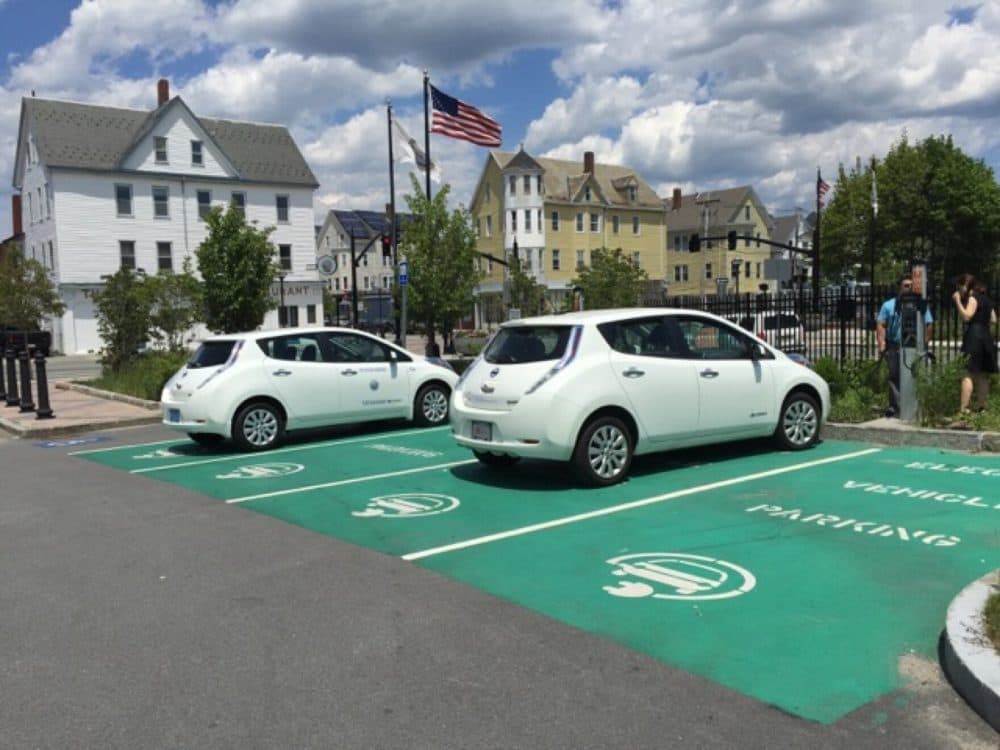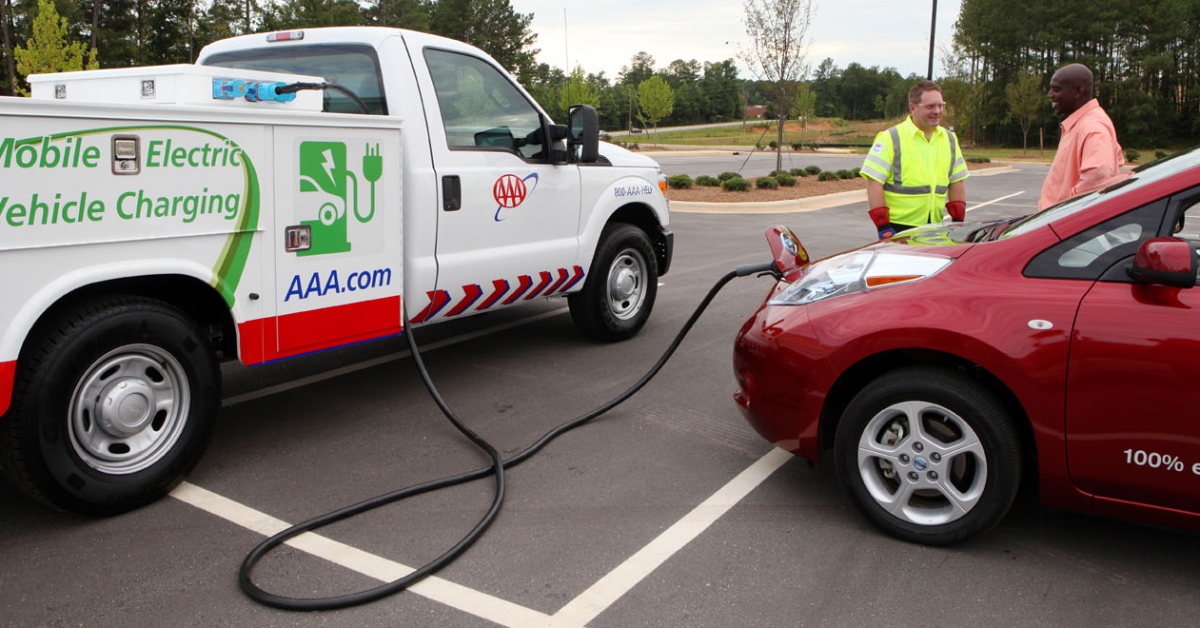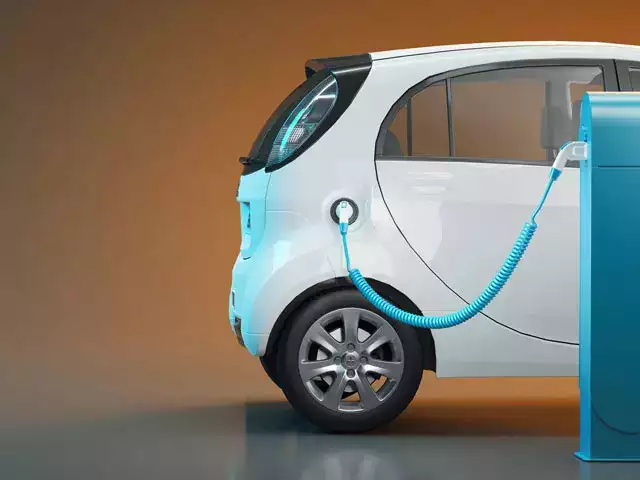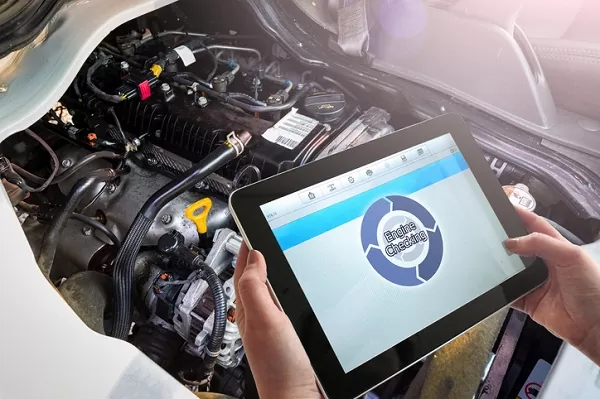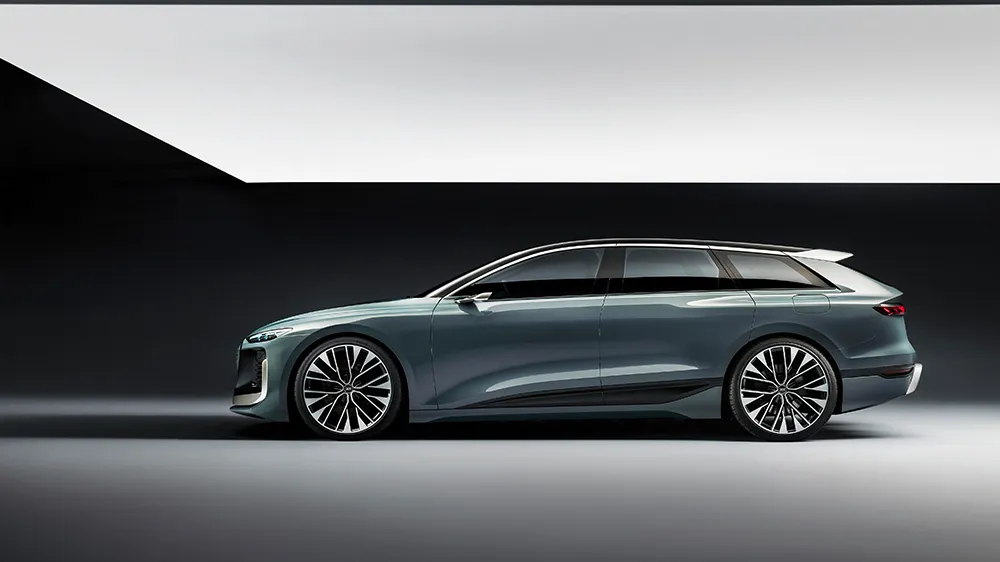As the automotive industry continues to innovate, the rise of plug-in hybrid vehicles marks a significant milestone in the transition towards sustainable transportation. In this comprehensive guide, we delve into the Mini Cooper Plug-In Hybrid, exploring its features, benefits, and why it represents a compelling option for eco-conscious drivers.
Mini Cooper Plug-In Hybrid: Redefining Eco-Friendly Driving
Let’s dive into the world of the Mini Cooper Plug-In Hybrid and discover how this vehicle combines the iconic style of the Mini Cooper with the environmental benefits of plug-in hybrid technology.
Efficient Hybrid Powertrain:
At the heart of the Mini Cooper Plug-In Hybrid is its advanced hybrid powertrain, which combines a traditional gasoline engine with an electric motor and a high-capacity battery. This setup allows the vehicle to operate in all-electric mode for short distances, reducing fuel consumption and emissions during city driving while still providing the range and flexibility of a conventional gasoline vehicle for longer trips.
Seamless Transition Between Power Modes:
One of the key advantages of the Mini Cooper Plug-In Hybrid is its ability to seamlessly transition between different power modes to optimize efficiency and performance. Drivers can choose between pure electric mode for zero-emission driving, hybrid mode for a balance of electric and gasoline power, or save mode to conserve battery charge for later use. This versatility allows drivers to adapt their driving experience to suit their preferences and driving conditions.
Regenerative Braking Technology:
To further enhance efficiency, the Mini Cooper Plug-In Hybrid features regenerative braking technology, which captures energy during braking and converts it into electricity to recharge the battery. This process helps to extend the vehicle’s electric range and maximize overall energy efficiency, ensuring that every mile driven is as eco-friendly as possible.
Iconic Mini Design with Eco-Friendly Features:
In addition to its advanced powertrain technology, the Mini Cooper Plug-In Hybrid retains the iconic design and character of the Mini brand. From its distinctive exterior styling to its premium interior finishes, the Mini Cooper Plug-In Hybrid offers a unique blend of style and sustainability. Eco-friendly features such as recycled materials, energy-efficient LED lighting, and eco-conscious manufacturing processes further enhance the vehicle’s environmental credentials.
Read too: How to Become an Electric Car Mechanic and Shape the Automotive Revolution? Unleashing the Future
Charging Convenience and Flexibility:
Charging the Mini Cooper Plug-In Hybrid is convenient and flexible, thanks to its plug-in charging capability. Owners can easily recharge the vehicle’s battery at home using a standard household outlet or take advantage of public charging stations for on-the-go charging. With rapid charging options available, drivers can quickly top up the battery during longer journeys, ensuring that they always have access to electric power when needed.
Conclusion:
The Mini Cooper Plug-In Hybrid represents a bold step forward in the evolution of eco-friendly driving. With its efficient hybrid powertrain, seamless power mode transitions, regenerative braking technology, iconic design, and charging convenience, this vehicle offers a compelling combination of style, performance, and sustainability. As more drivers embrace electric and hybrid vehicles, the Mini Cooper Plug-In Hybrid stands out as a shining example of innovation in green driving.
